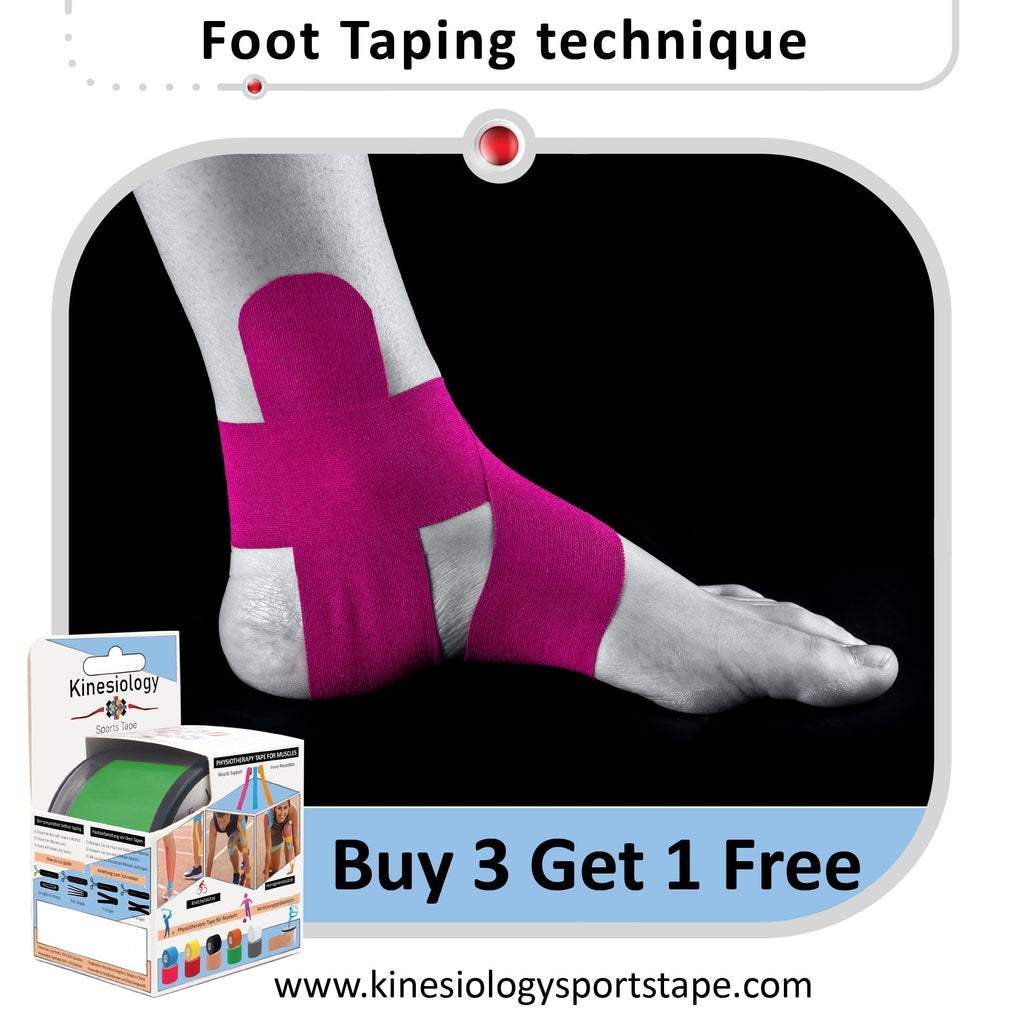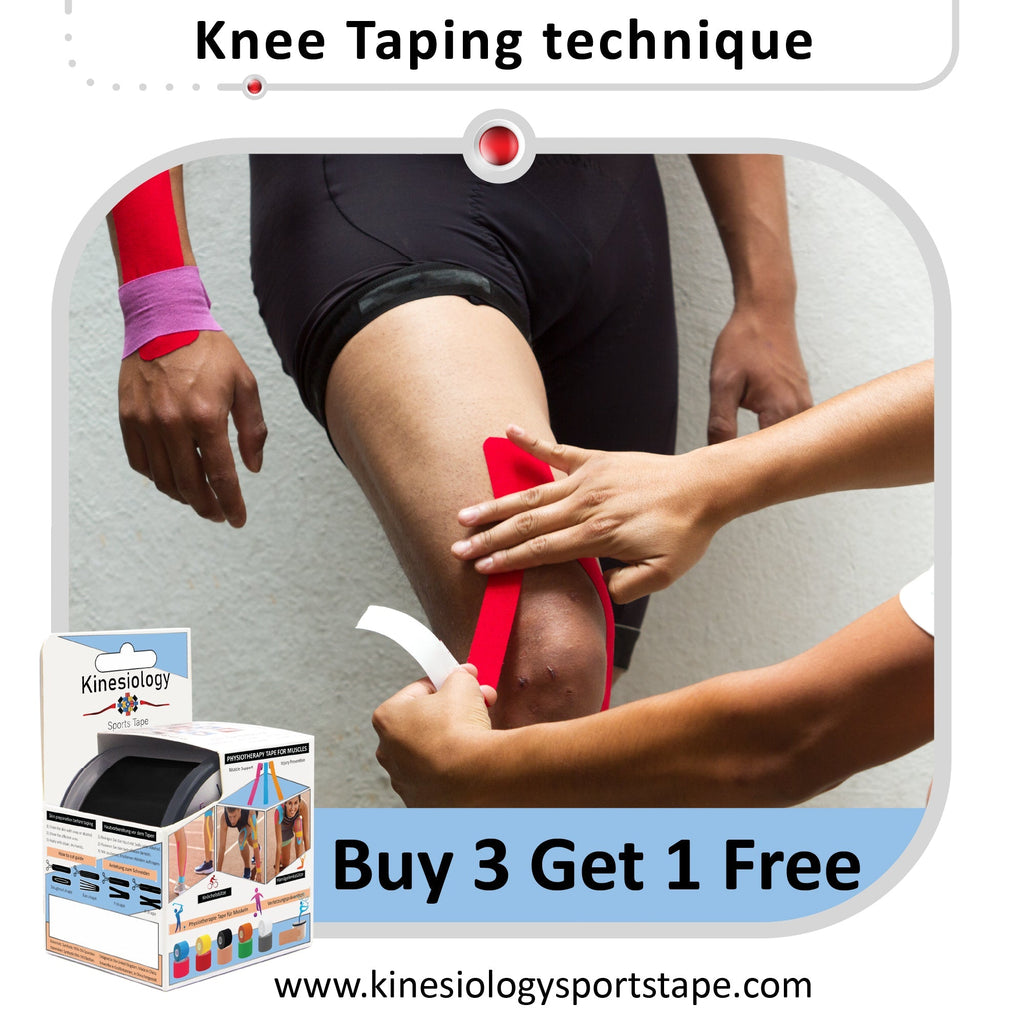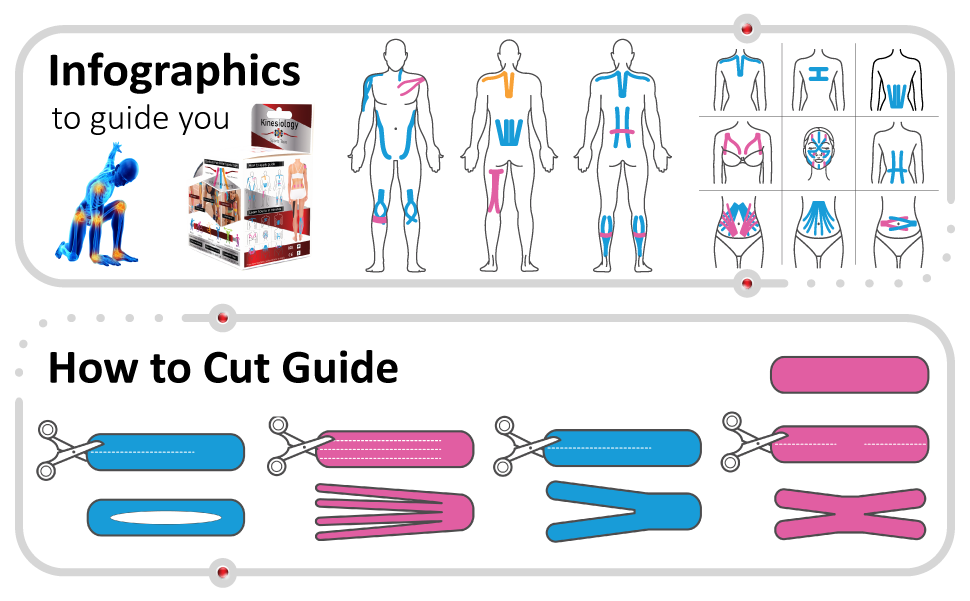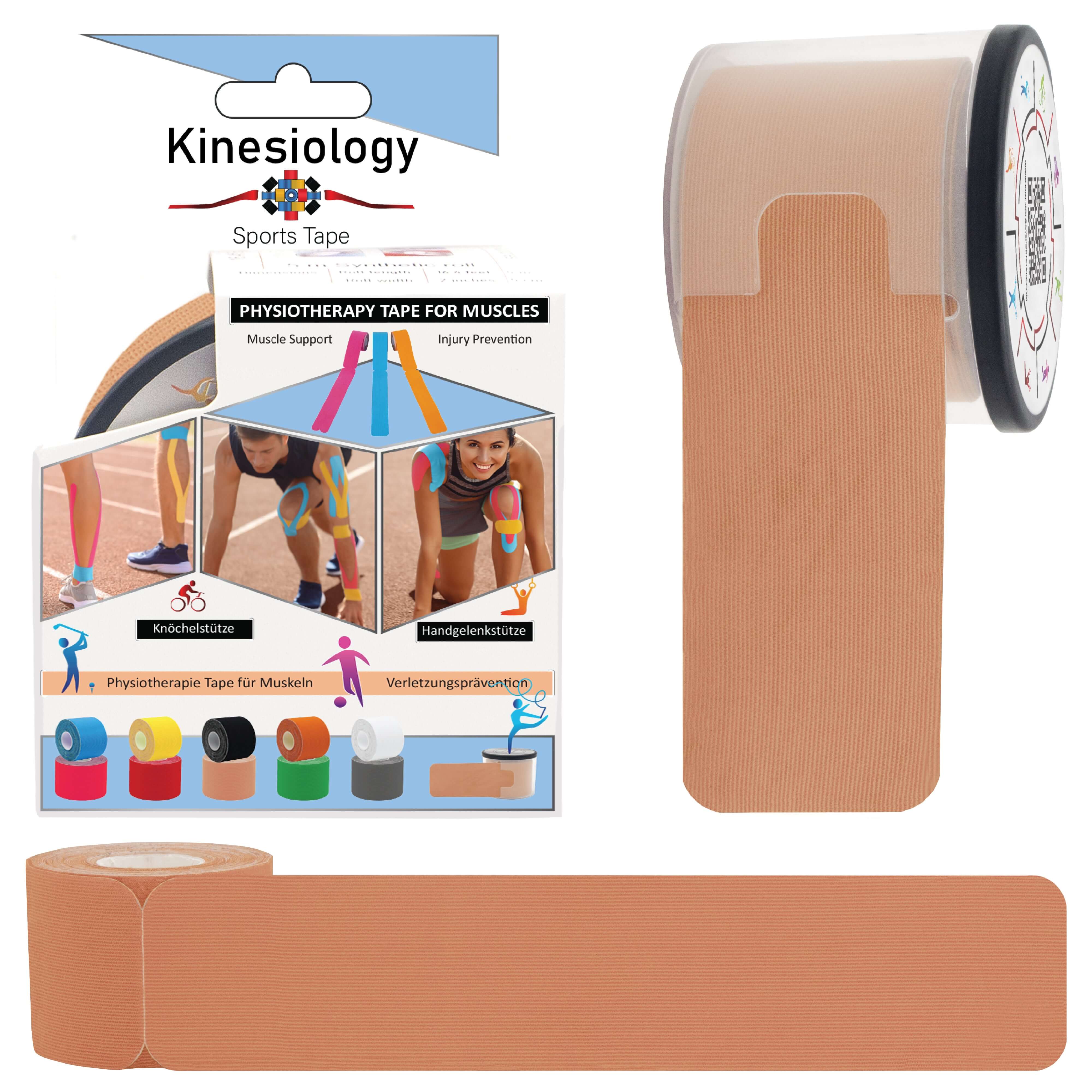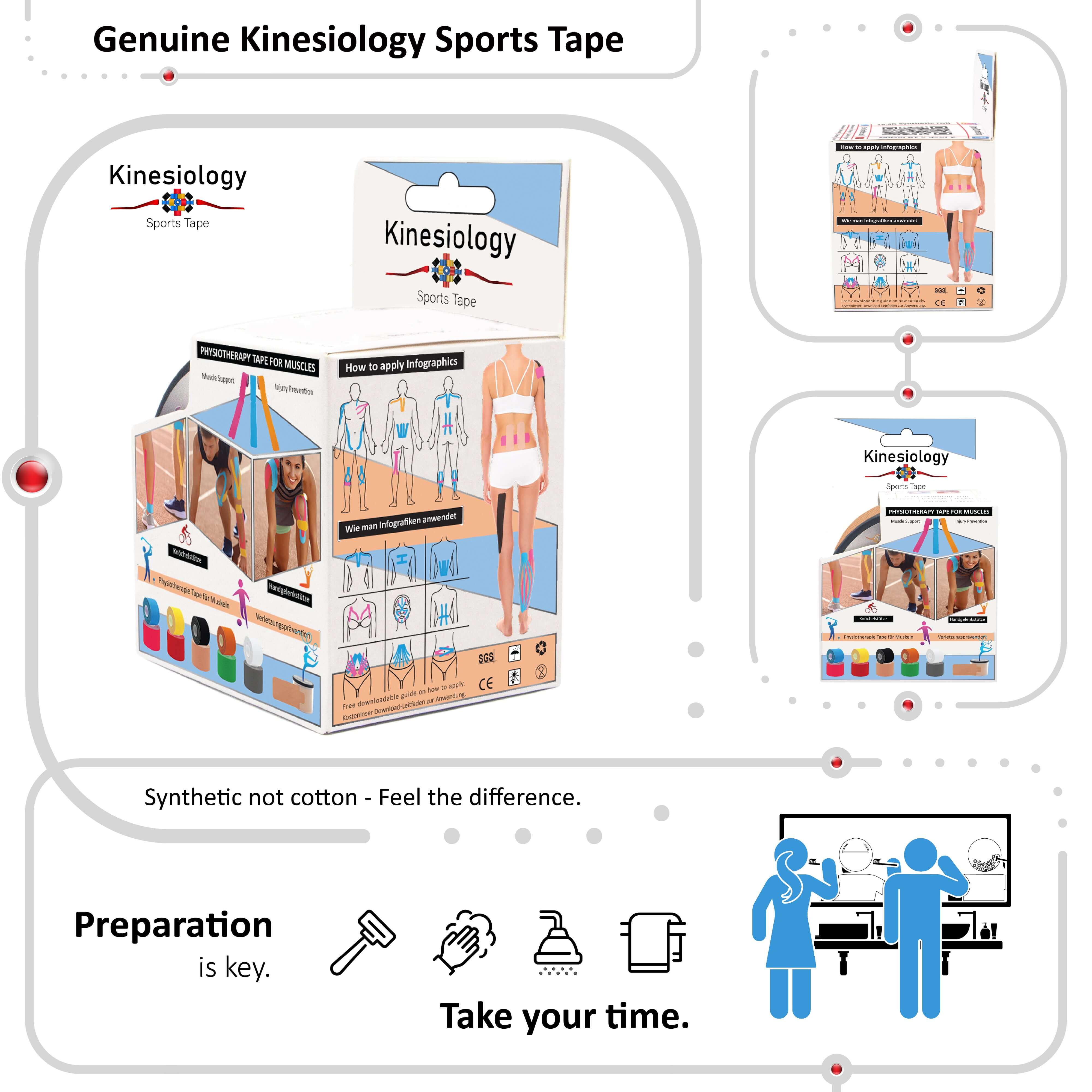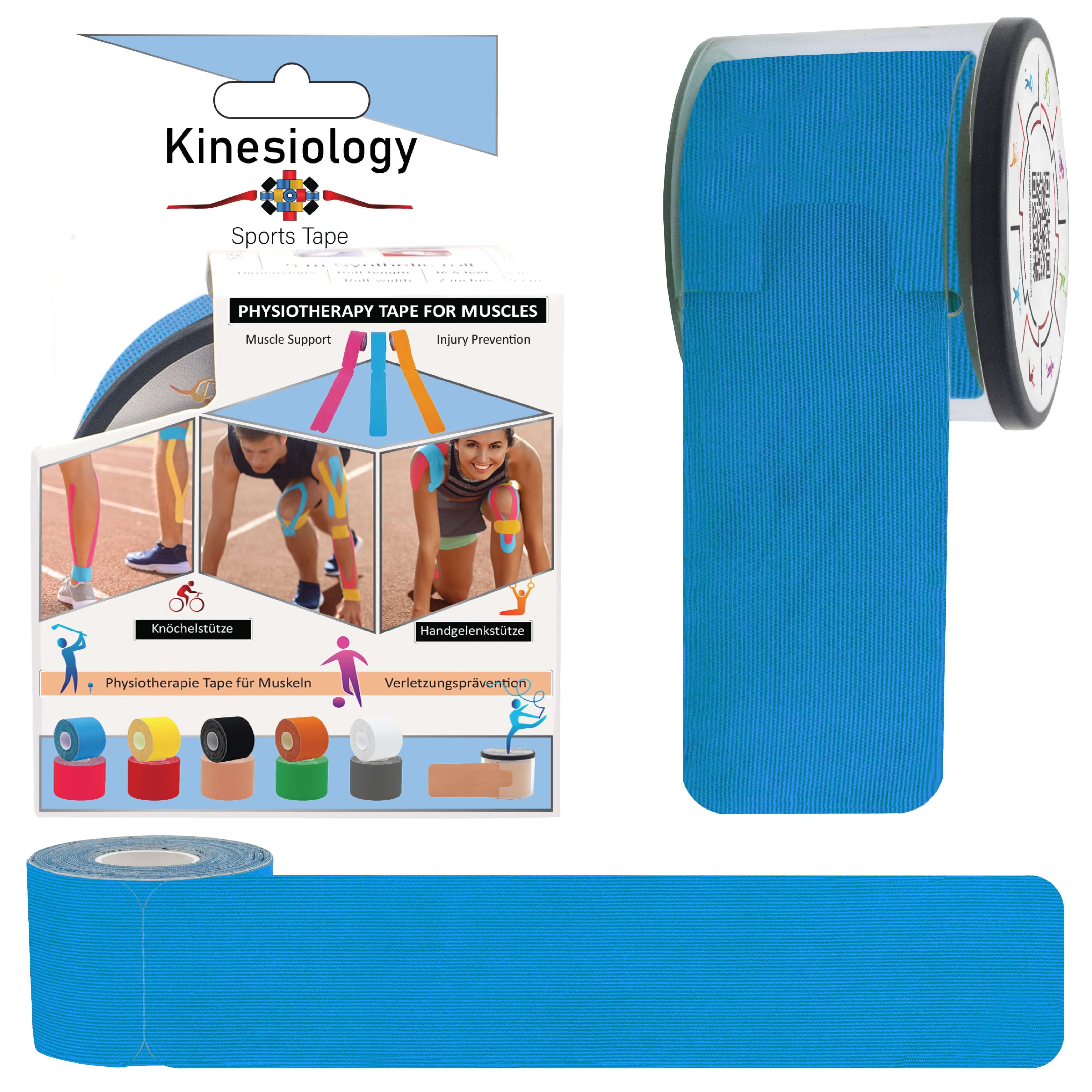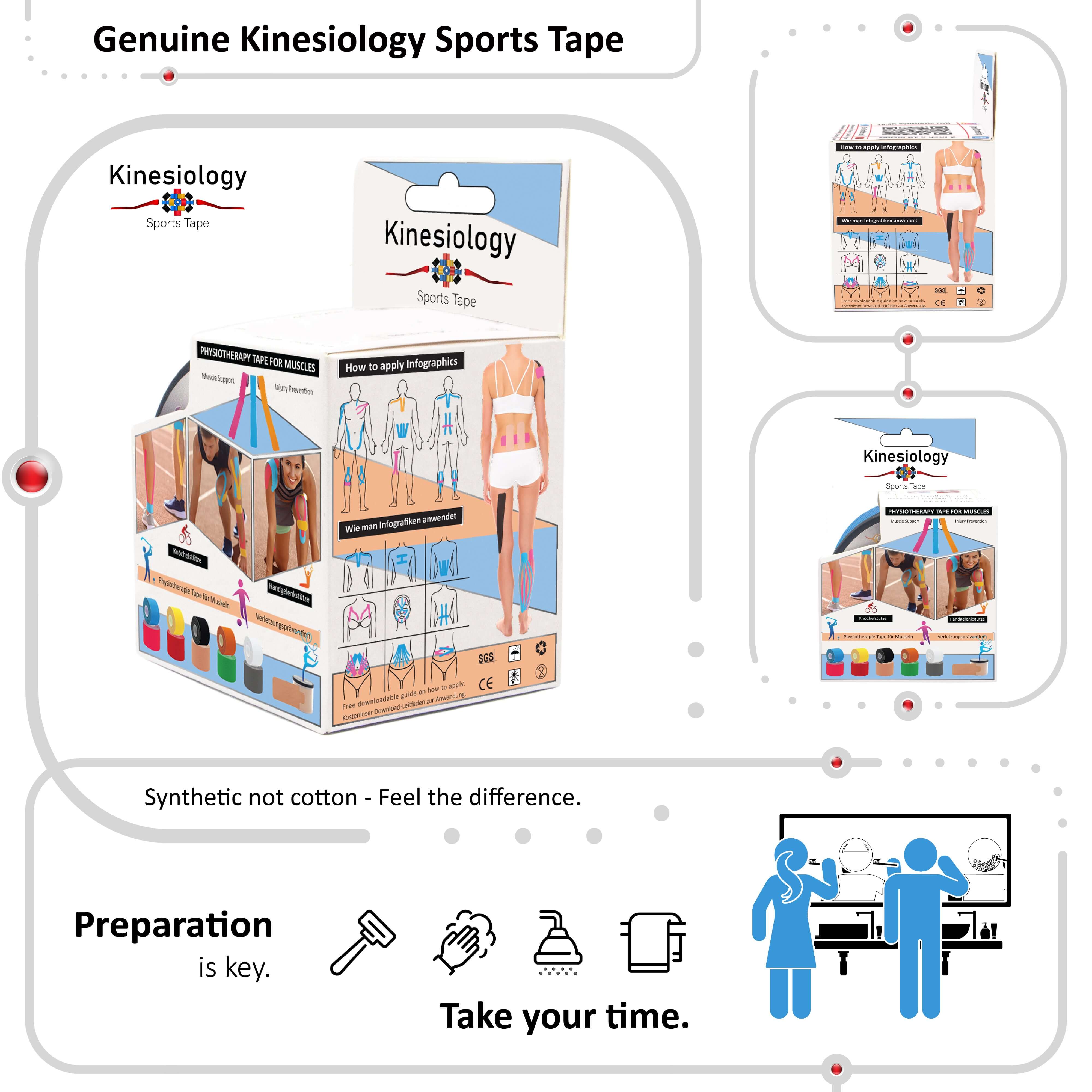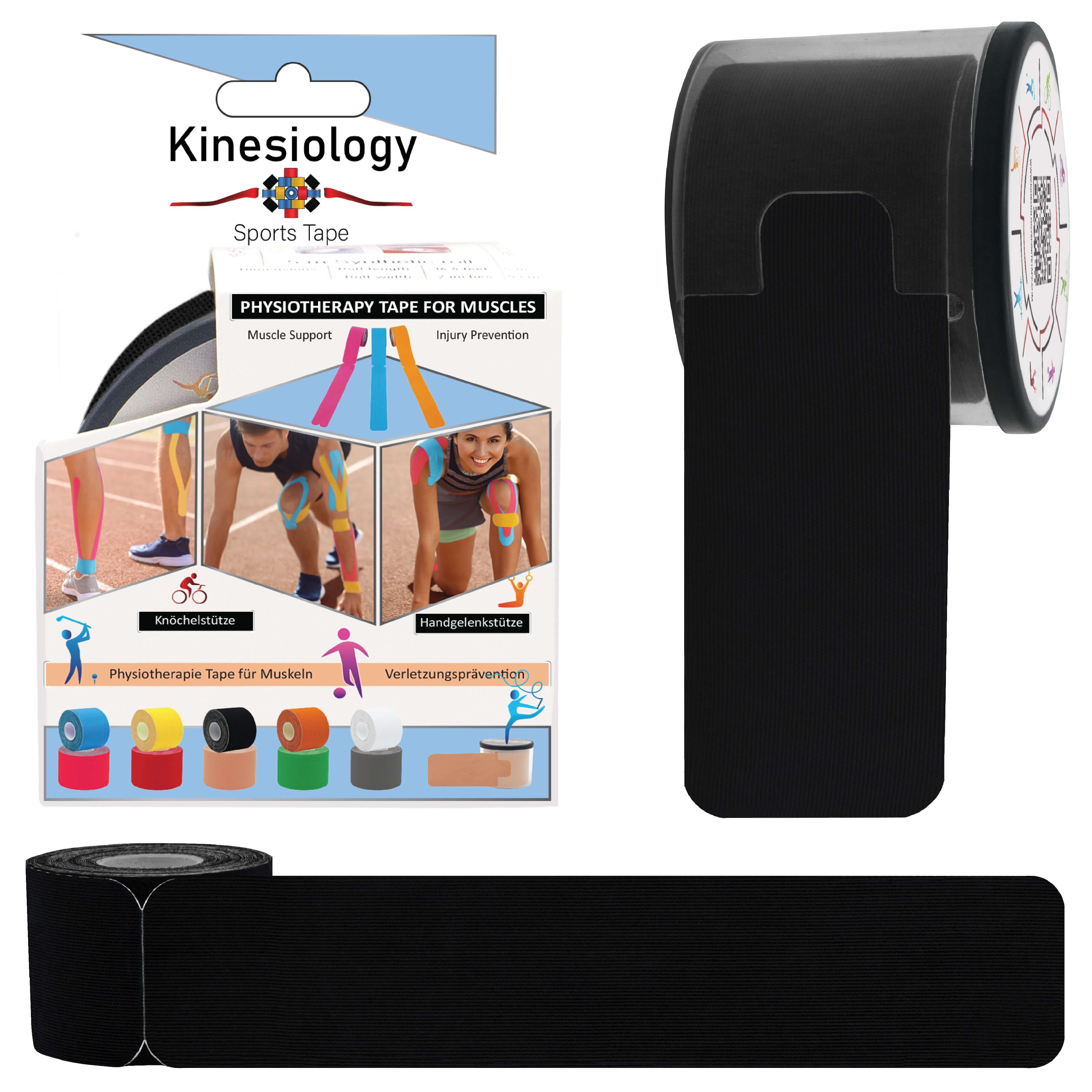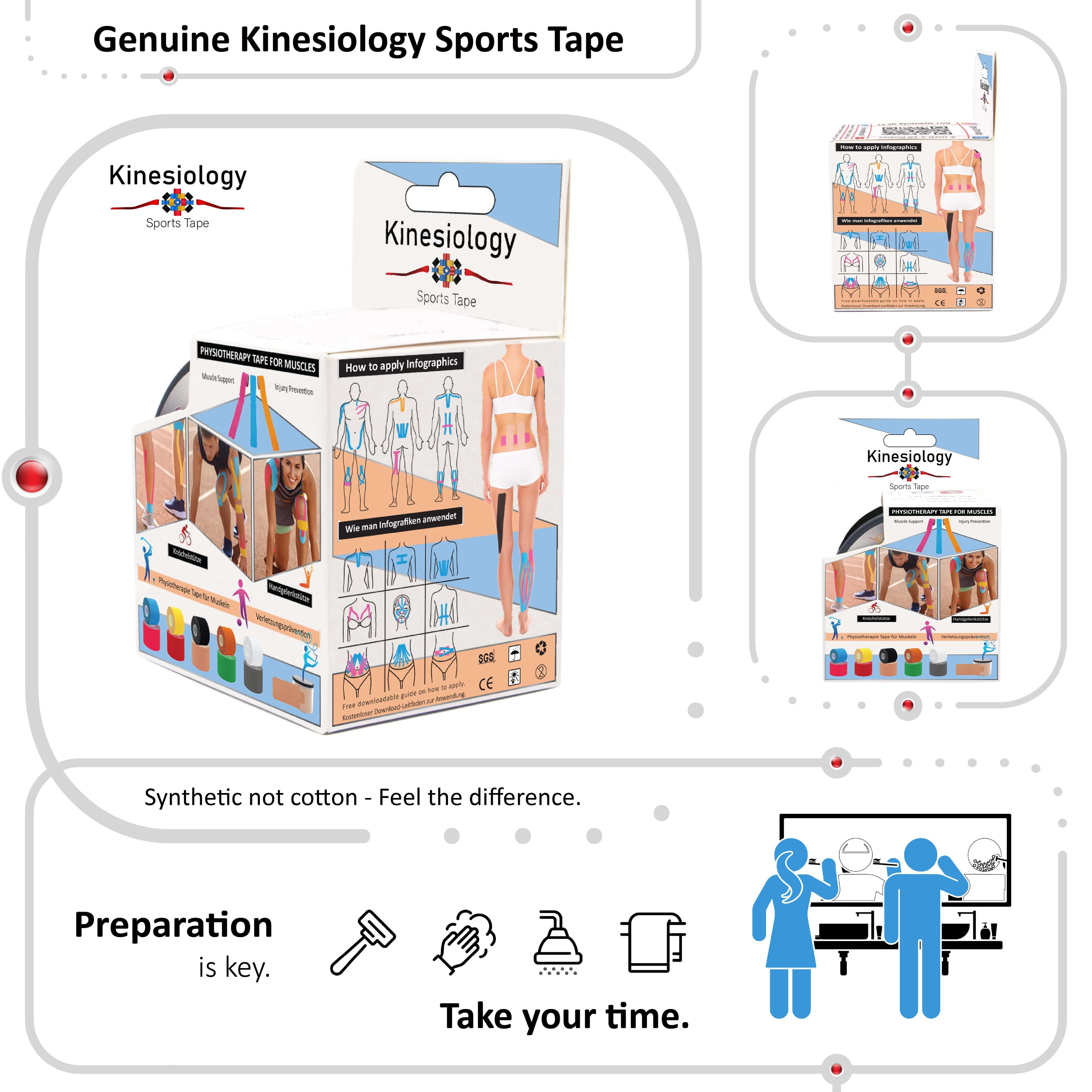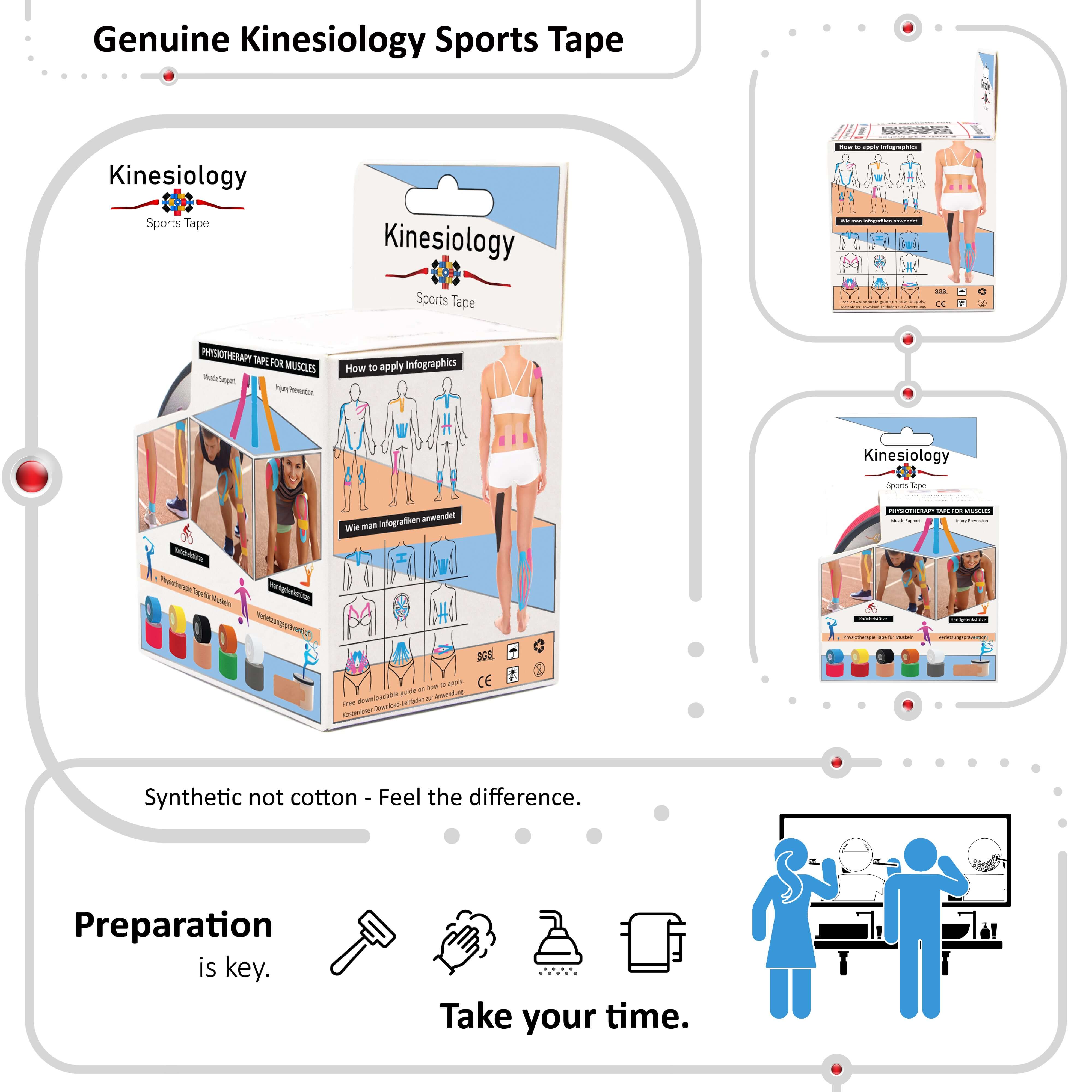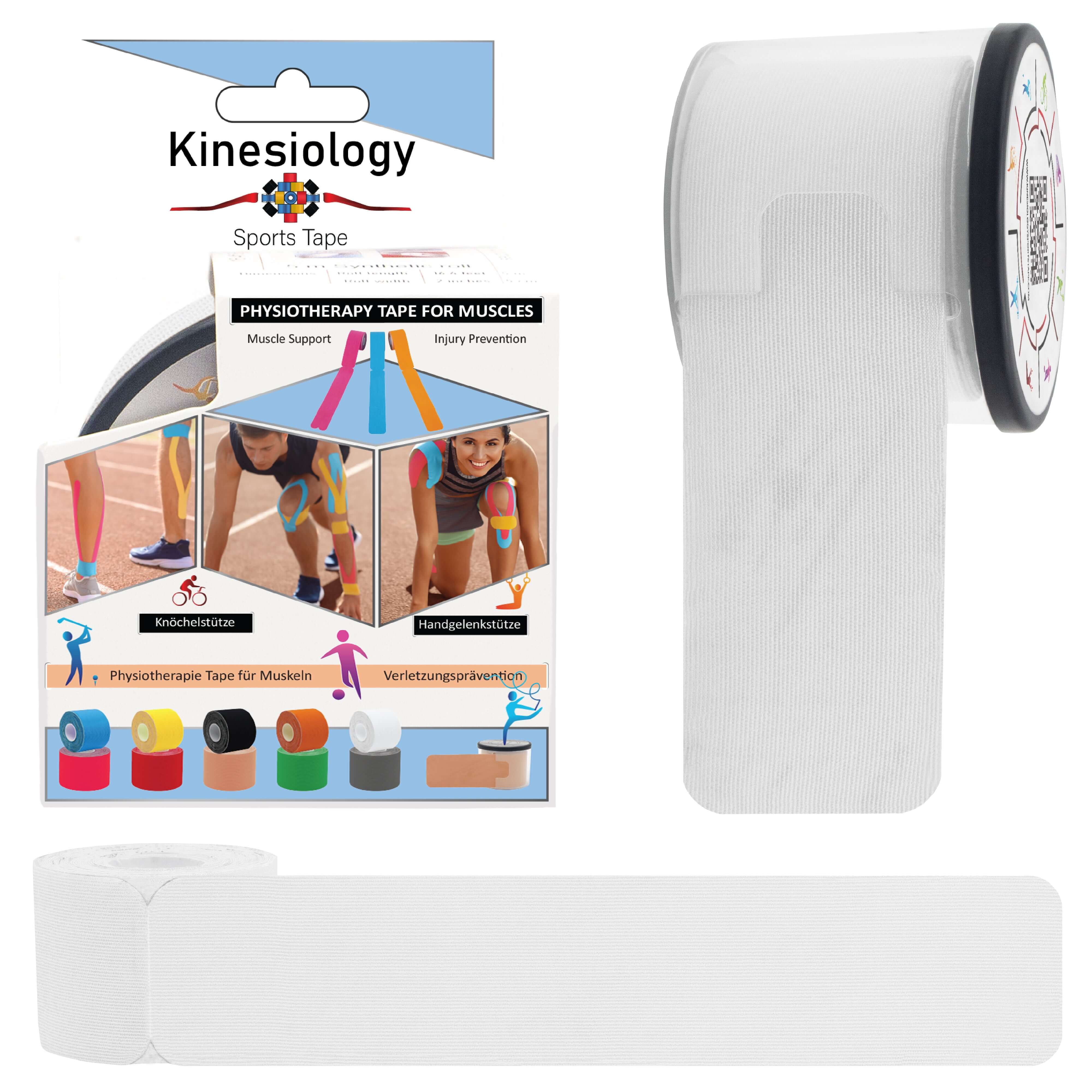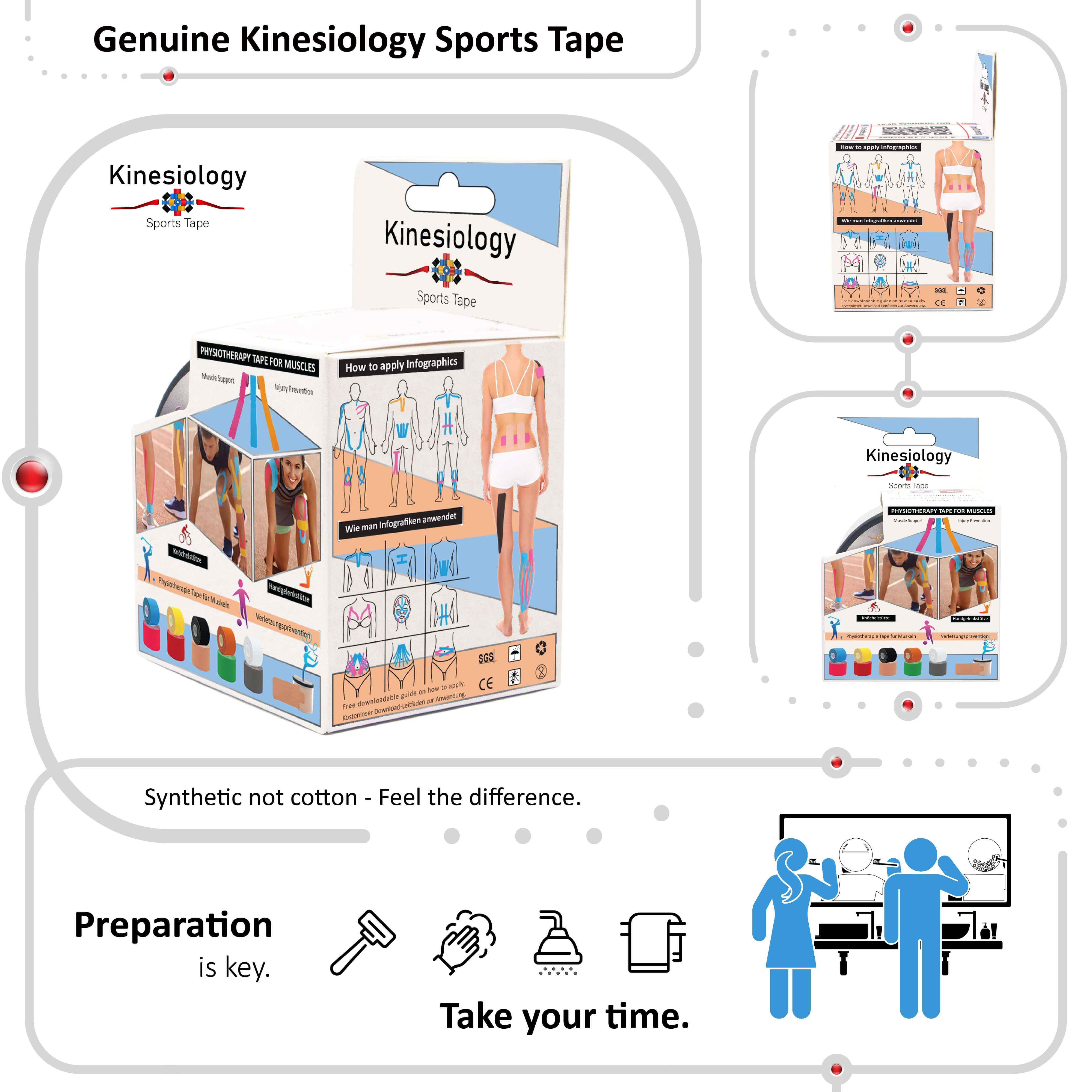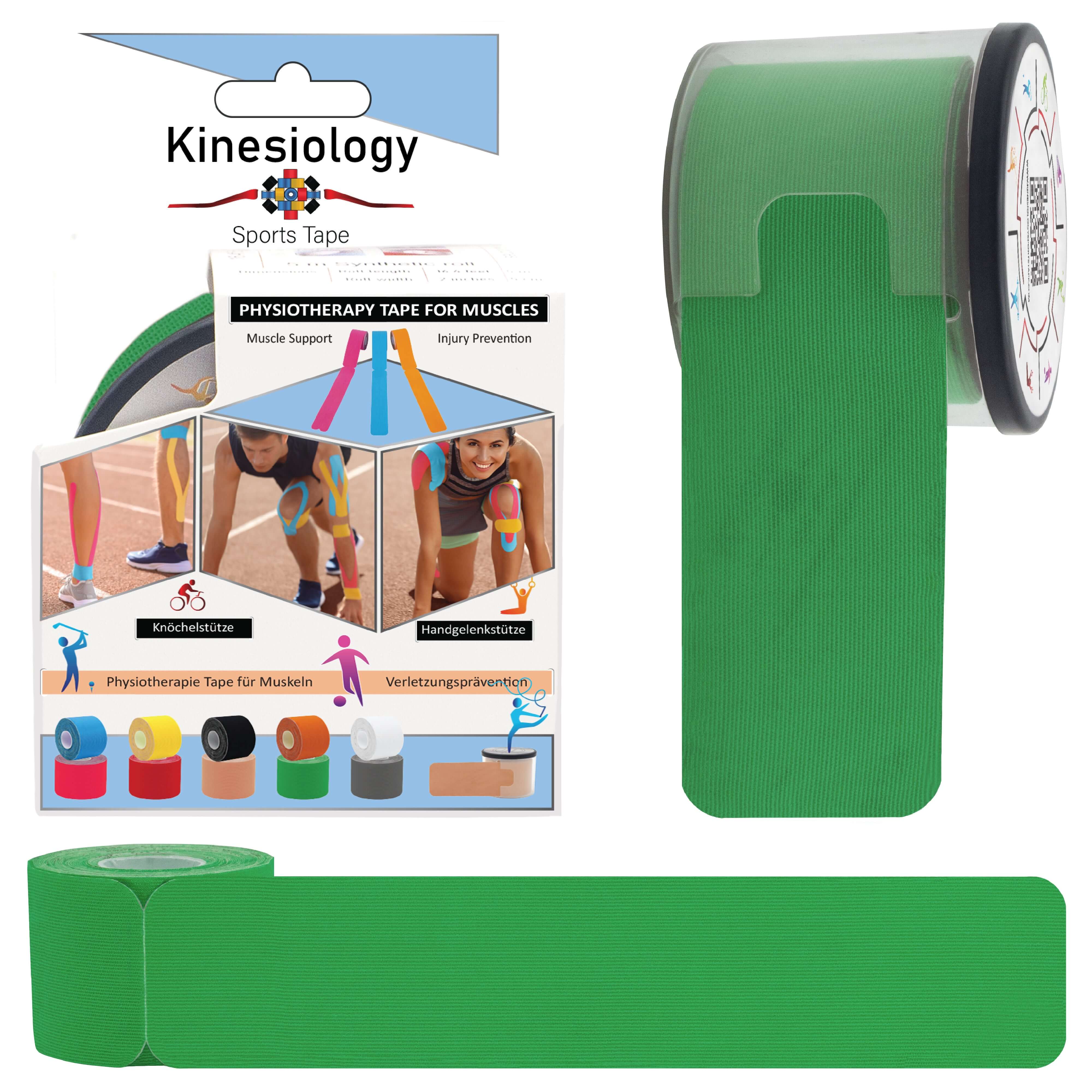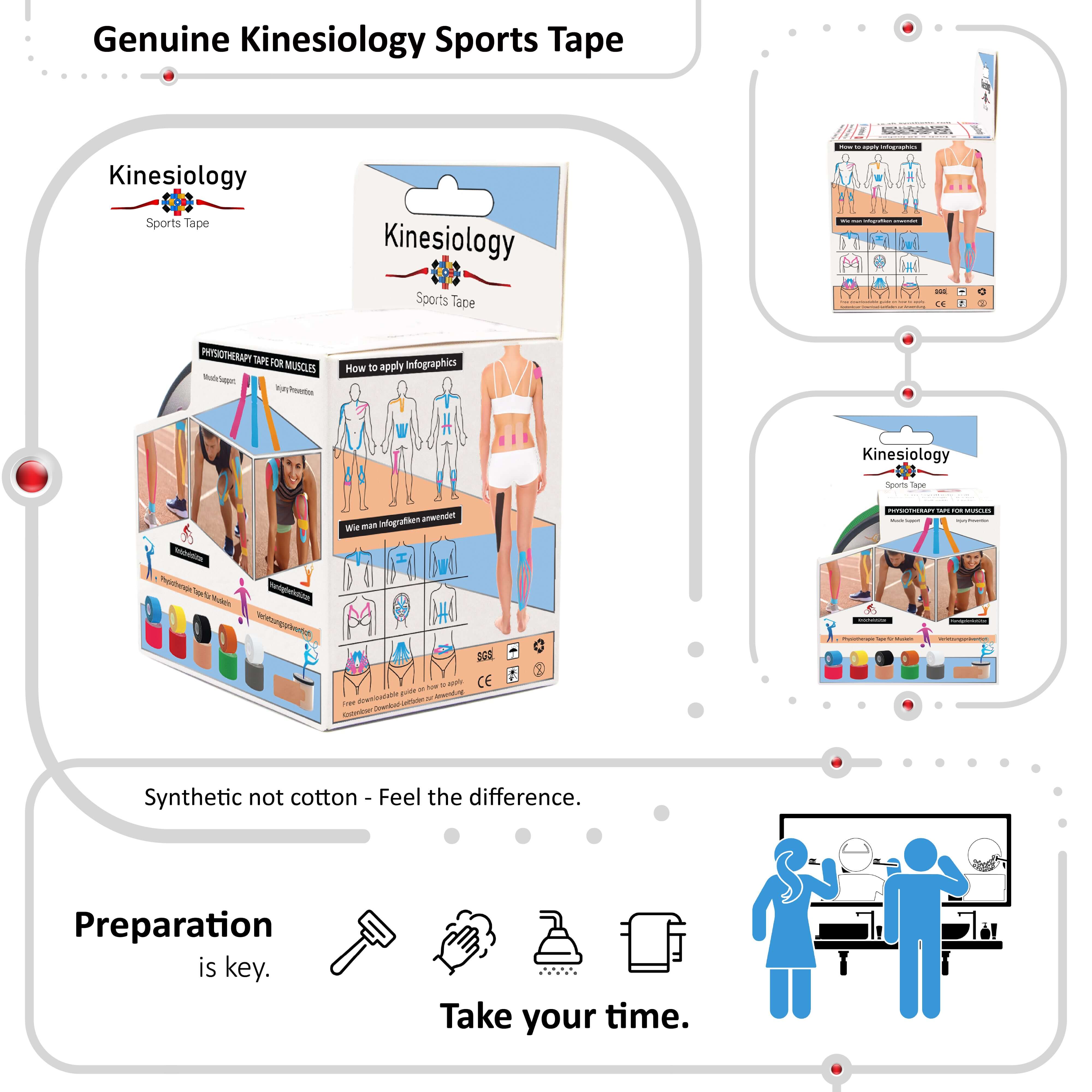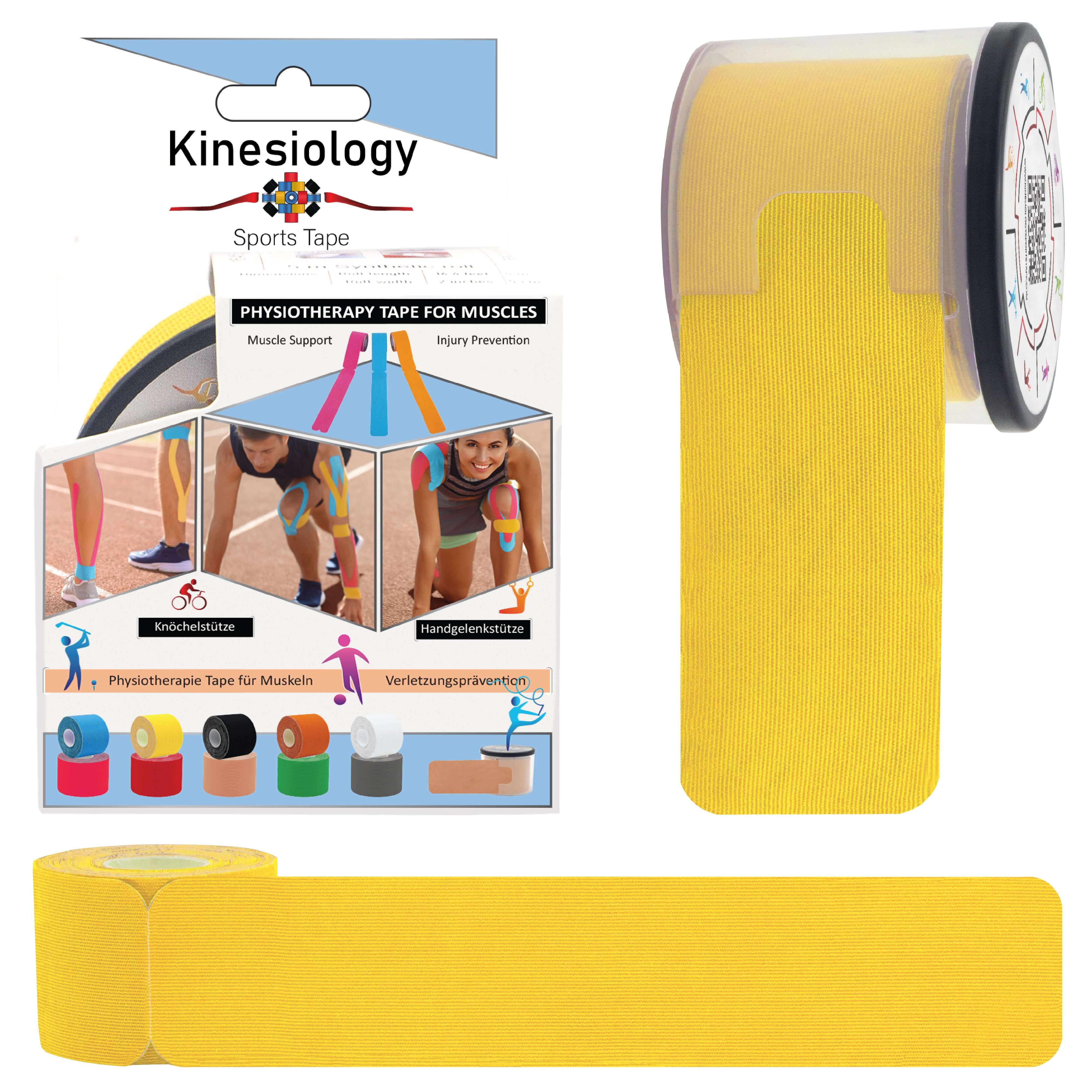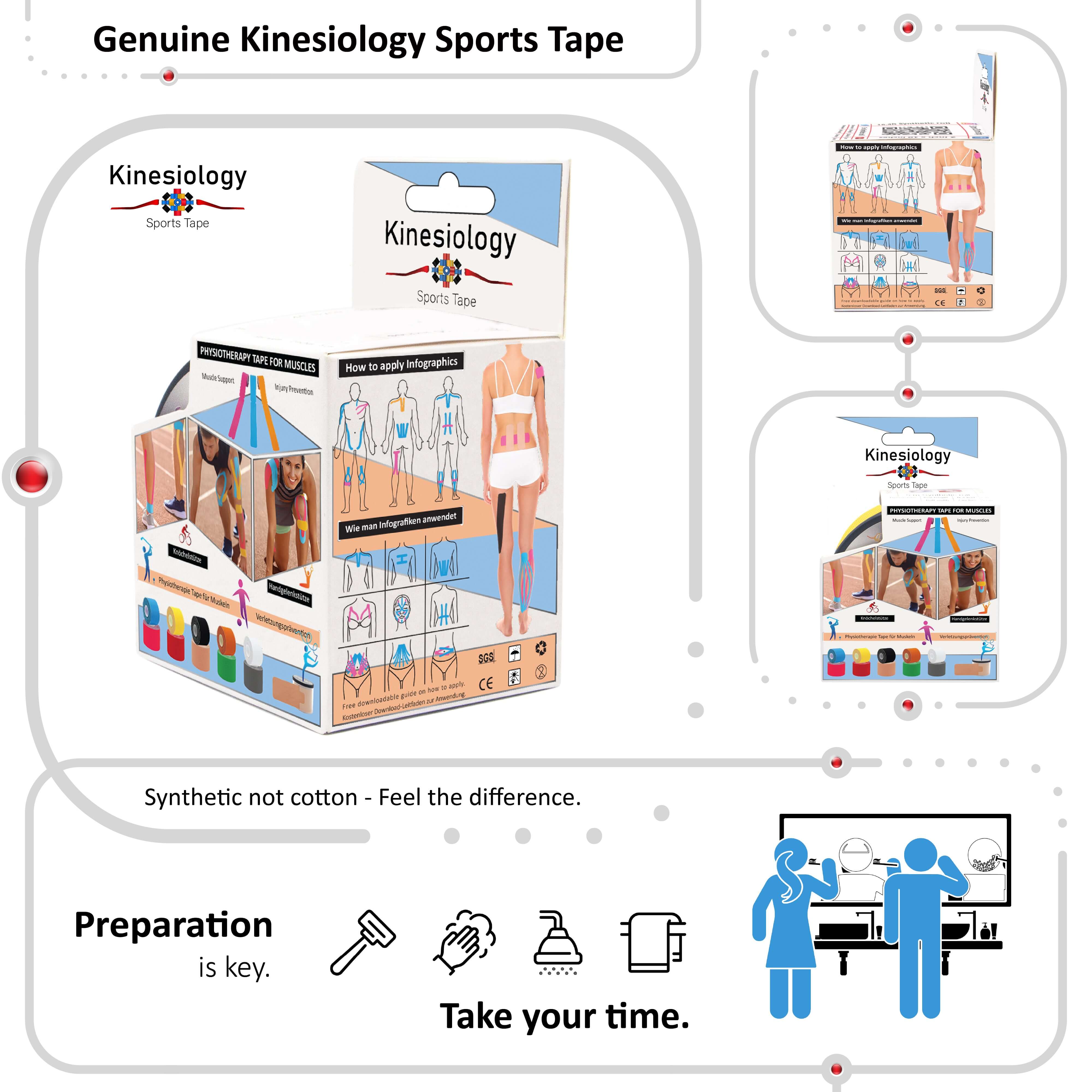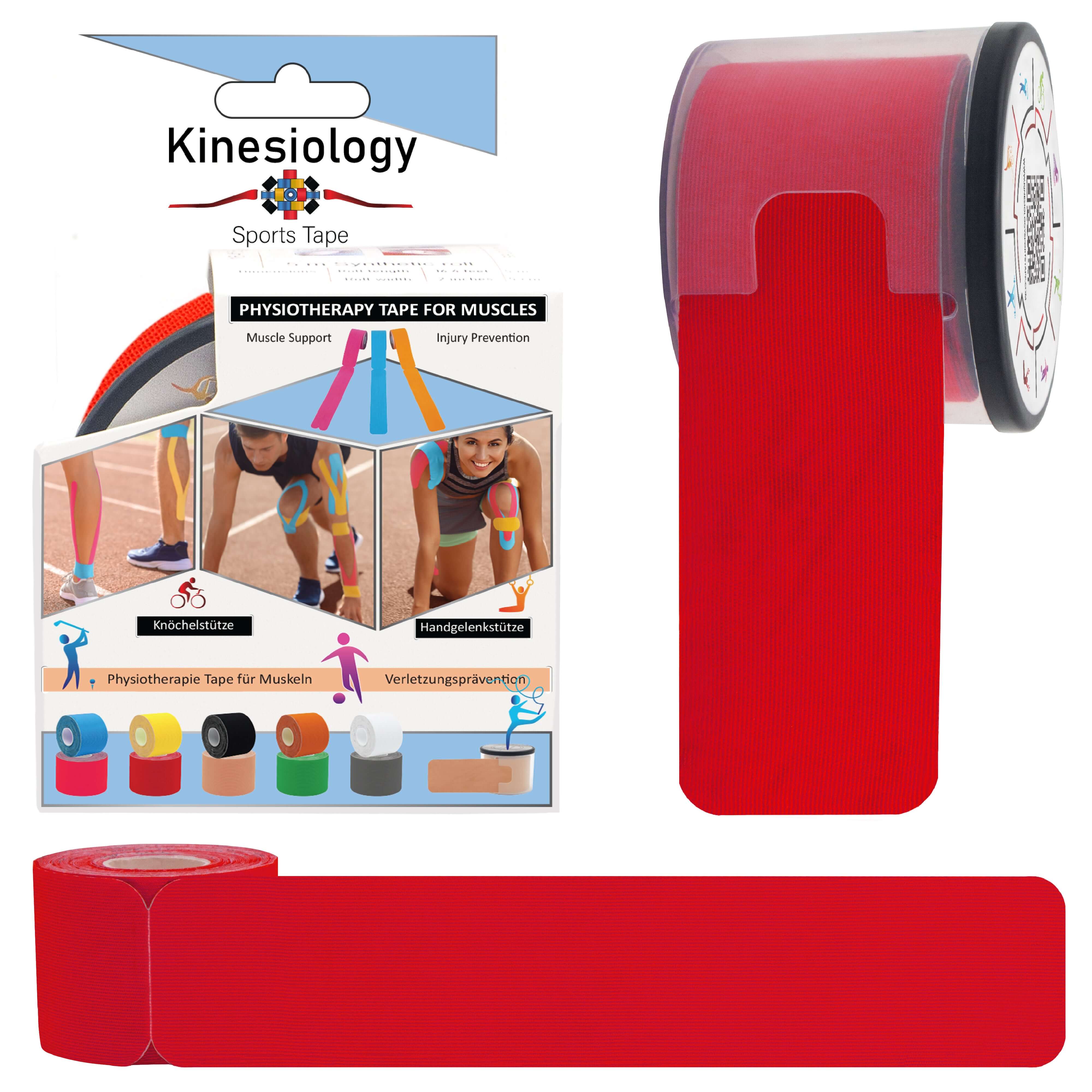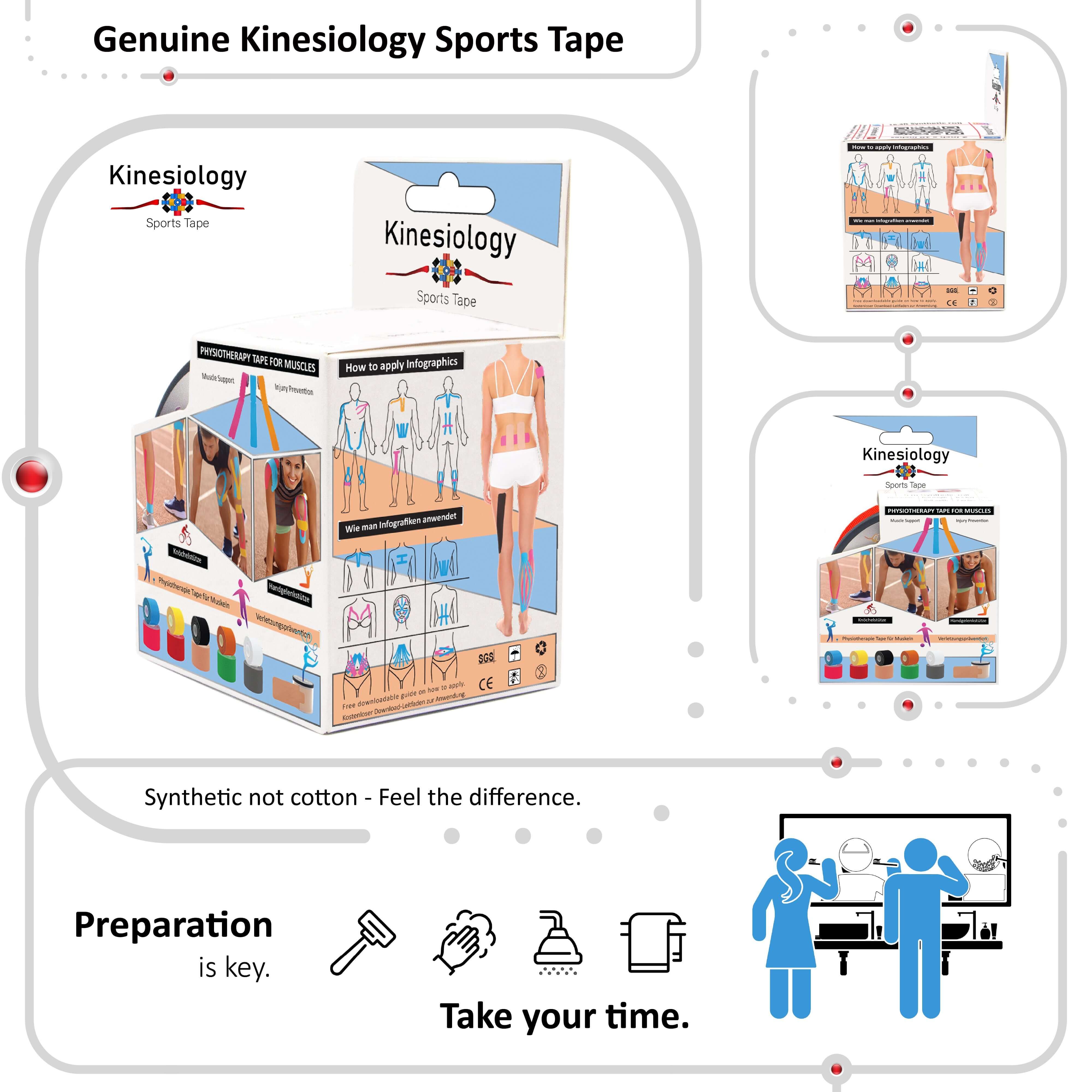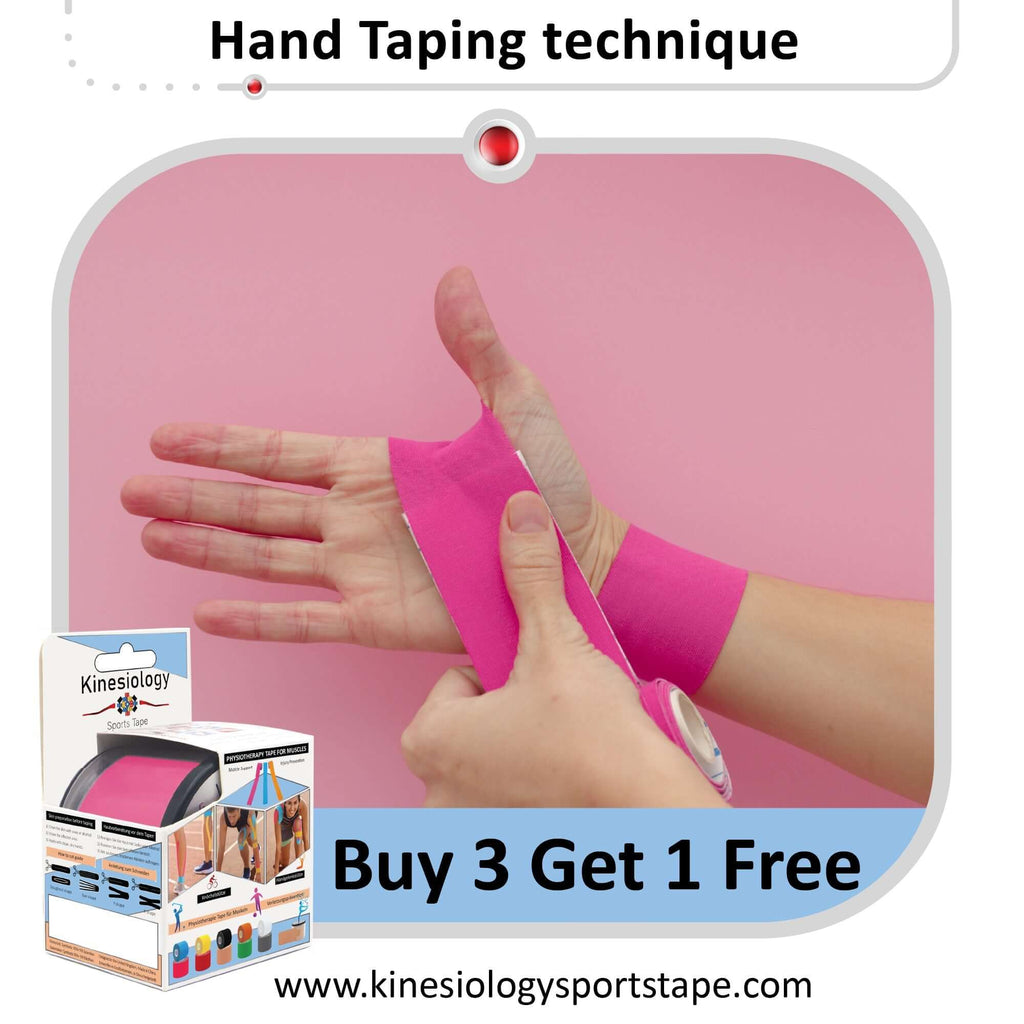
Can Kinesiology Tape Help With Carpal Tunnel Syndrome (CTS)

Carpal tunnel syndrome (CTS) is a common condition causing pain, numbness, and tingling in the hand and wrist. Many people turn to kinesiology tape for potential relief, but can this colorful tape truly offer support for carpal tunnel syndrome? This blog dives into the potential benefits and considerations surrounding kinesiology tape for CTS.
Understanding Carpal Tunnel Syndrome:
CTS occurs when the median nerve, which runs through the carpal tunnel in your wrist, becomes compressed. This compression can be caused by swelling, inflammation, or repetitive motions that strain the wrist. Symptoms of CTS include:
- Pain, numbness, and tingling in the thumb, index finger, middle finger, and half of the ring finger
- Weakness in the hand, making it difficult to grasp objects
- Aching sensation in the palm at night
Kinesiology Tape and Carpal Tunnel Relief:
The theory behind using kinesiology tape for carpal tunnel syndrome is that it can:
- Reduce inflammation: Kinesiology tape application may create microscopic lifting of the skin, potentially enhancing blood flow and reducing inflammation around the median nerve.
- Improve circulation: Increased blood flow can deliver oxygen and nutrients to the area, promoting healing and potentially reducing pain.
- Provide gentle support: Kinesiology tape application can offer gentle support to the wrist joint, potentially reducing stress on the median nerve.
- Sensory input: Kinesiology tape can stimulate sensory receptors in the skin and underlying tissues, potentially influencing pain perception and promoting better proprioception (body awareness) in the wrist.
Research and Effectiveness:
Studies on the effectiveness of kinesiology tape for carpal tunnel syndrome are ongoing and show some promise. Some research suggests potential benefits like reduced pain and improved grip strength. However, the evidence is not conclusive, and CTS often requires a multi-pronged approach for effective relief.
Important Considerations:
- Kinesiology tape is not a cure: It's a complementary therapy that may offer some relief alongside other treatments like rest, splinting, and exercises. In severe cases, surgery might be necessary.
- Consult a healthcare professional: Before using kinesiology tape for carpal tunnel syndrome, consult a healthcare professional for proper diagnosis and to discuss the best treatment options for your specific case. They can also recommend proper application techniques for kinesiology tape.
- Addressing the root cause: Identifying and addressing the underlying causes of CTS, such as repetitive hand motions, is crucial for long-term management.
Kinesiology Tape Application for Carpal Tunnel Syndrome:
There are various application techniques, but a common approach includes:
- "Y-Strip" application: Apply the anchor end of the Y-shaped tape at the base of your palm, near the wrist crease. The branches of the Y should follow the flexor carpi ulnaris muscle (on the pinky side of your forearm) without applying tension.
The Takeaway:
Kinesiology tape offers a potentially supportive tool for carpal tunnel syndrome management, but it's not a standalone solution. Consulting a healthcare professional for diagnosis and treatment planning is crucial. By understanding the potential benefits and limitations of kinesiology tape and using proper application techniques, you can explore whether it can be a helpful addition to your CTS management strategy.

